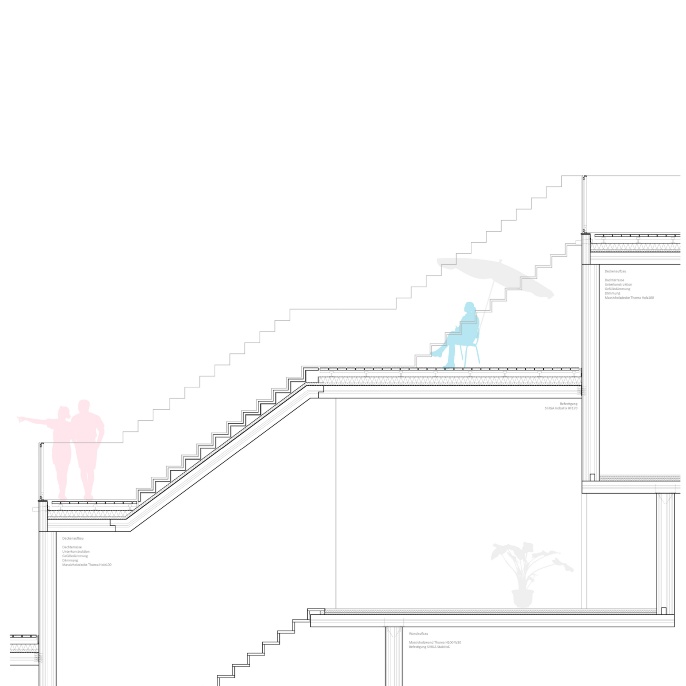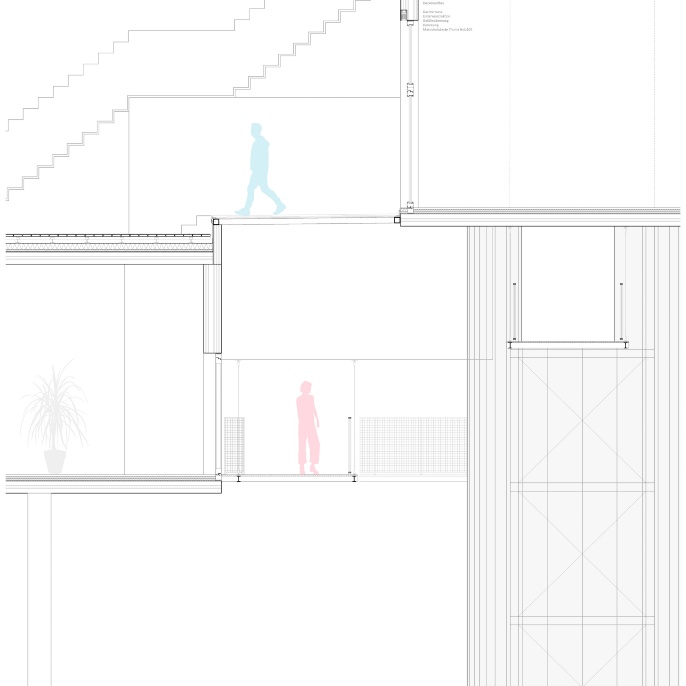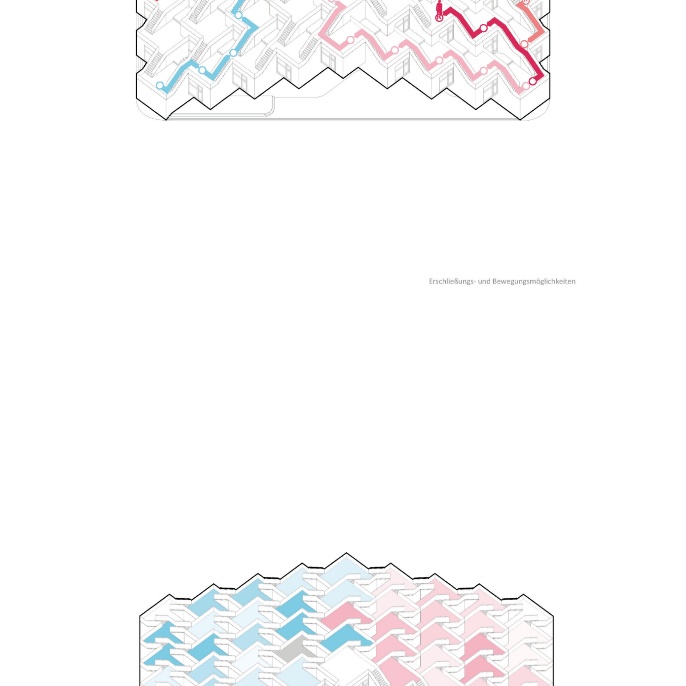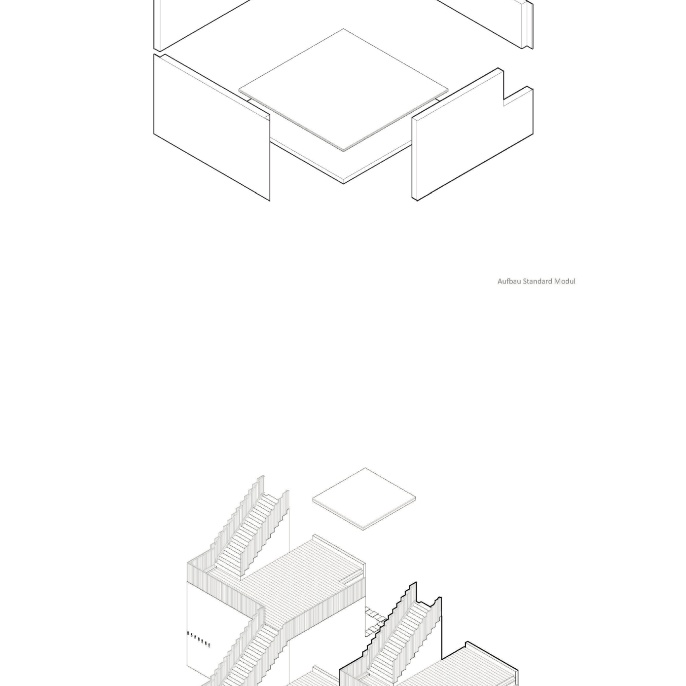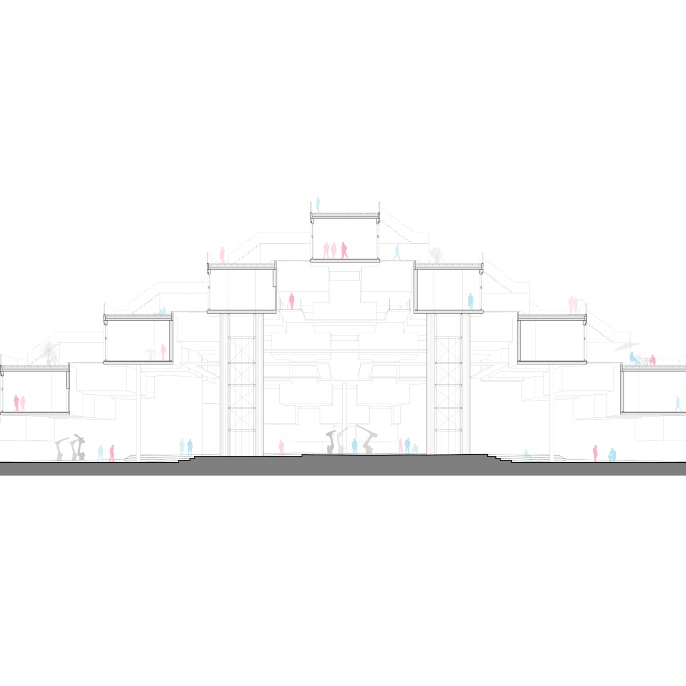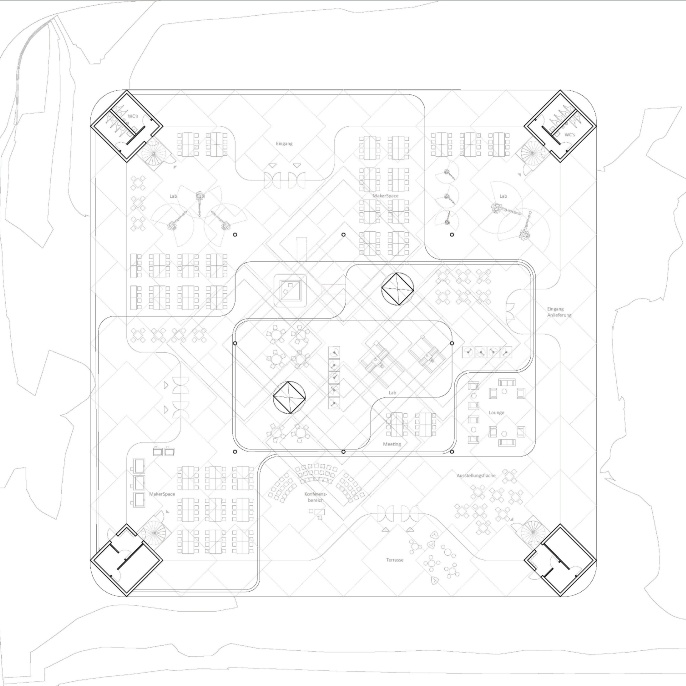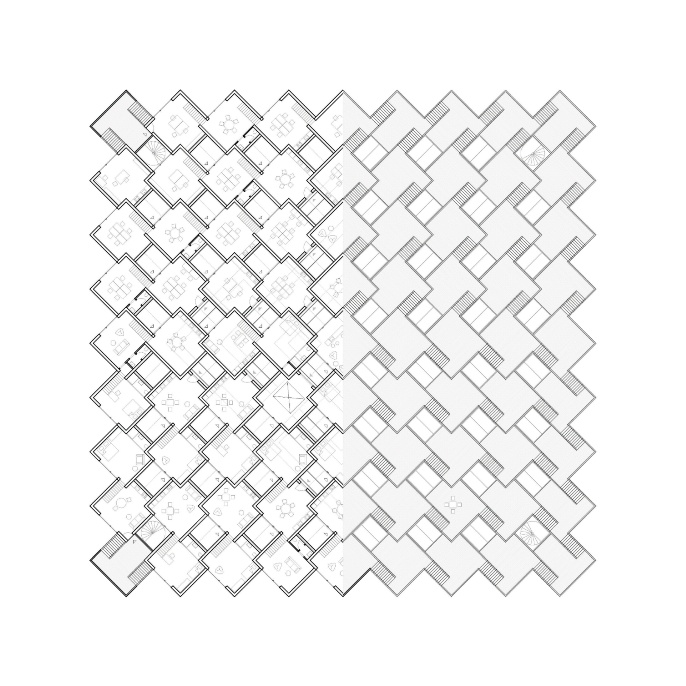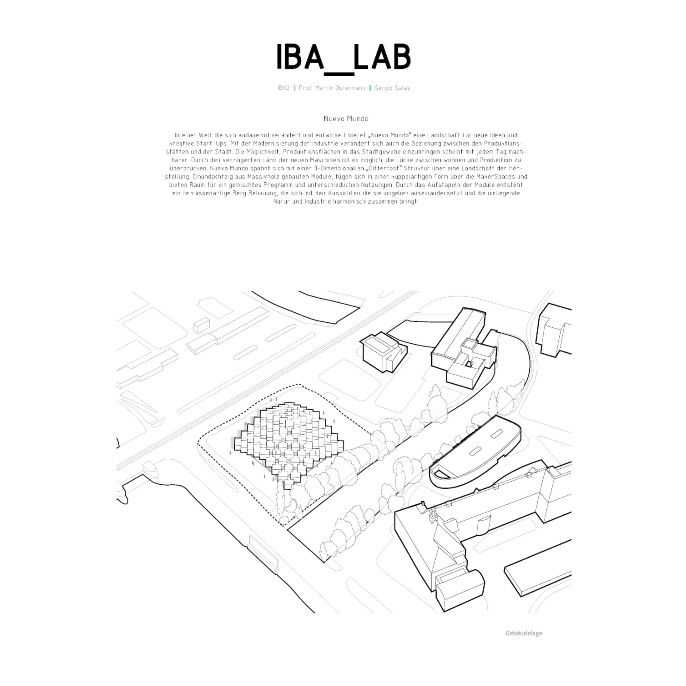Stuttgart is growing. The population in Stuttgart is predicted to grow by around seven percent by 2030. By then, more than 42,000 new residents will need housing, jobs and infrastructure, which will have to be created in addition to the existing population. The existing, rigid building fabric is too inflexible and can hardly be adapted to current or even future needs. In order to meet the challenges posed by climate change and the demand for a globally fairer use of existing resources, more radical ideas than in the past must be developed for new living and working environments. The IBA, which is to take place in Stuttgart in 2027 and which 100 years ago developed bold visions for new construction in a similar form in the Weißenhofsiedlung, is looking for solutions for future living and working in Stuttgart. The topics can range from growing, adaptive and changeable buildings to experiments with new building materials, techniques and prefabrication processes.
International Building Exhibition 2027 - New Building
100 years after the Werkbund exhibition in Stuttgart's Weißenhof, which set new standards for the architecture of the future, a new building exhibition will be held in the Stuttgart region. International building exhibitions are prototypical models for the urban planning and architectural developments of a city region. They experiment in the field of planning and building and set impulses that go beyond their time. The International Building Exhibition IBA 2027 is intended to show new approaches to solving the challenges of the future of metropolitan areas, taking Stuttgart as an example. Mobility and sustainability will be just as important as the combination of living, working and leisure. Bold experiments and new technological ideas are called for. Unlike other international building exhibitions, IBA 2027 will focus on industrial production and technical innovations. The history of the Stuttgart Region is closely linked to the industrial age of the 20th century. Especially the invention and spread of the automobile, but also other technical innovations by a large number of companies have made the region famous worldwide. The changes in production due to mobility, digitalization and climate change are a new challenge for the industry. Technological developments have created new forms of production. Digital fabrication creates a fast, free access to production, which the booming start-up scene makes use of. By minimizing the number of production sites and keeping emissions low, new production facilities can be built in the center of the city. So-called Maker Spaces provide digital equipment for the Digital Makers.
Task
The design of the IBA LAB will focus on the integration of a Maker Space in the city and is a model for sustainable path reduction between working and living. The task is to design a building as a temporary, largely open structure that will serve to demonstrate ideas and examples for new living and working environments. A building structure is to be created in which a variety of uses are integrated.
In addition to urban issues, a connection between technology and nature is to be considered. Possibilities are to be shown how a life in the city can compete with rural life. The IBA LAB prototype will provide answers as to how biodiversity and biointelligent life can be developed in the predominantly inorganic city.


